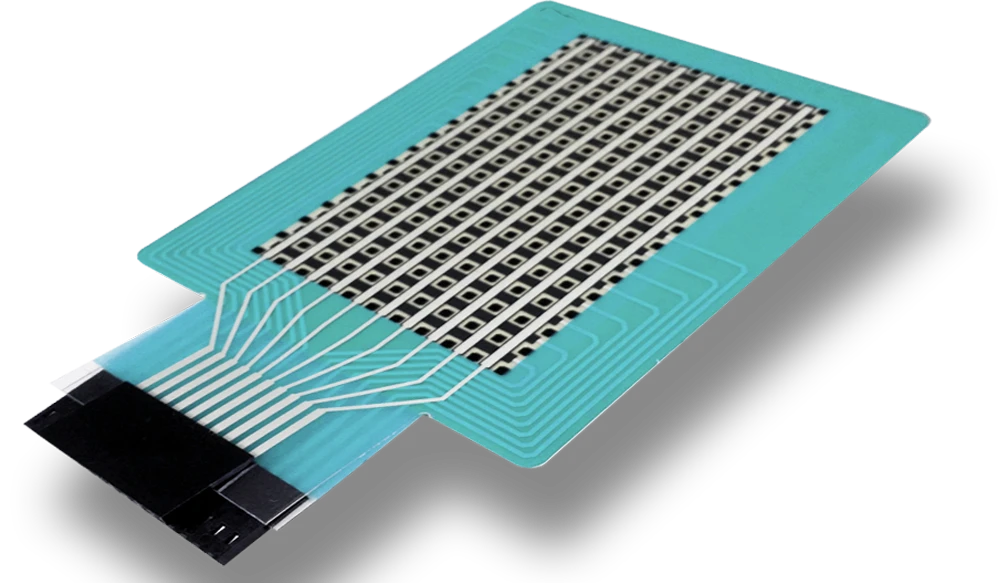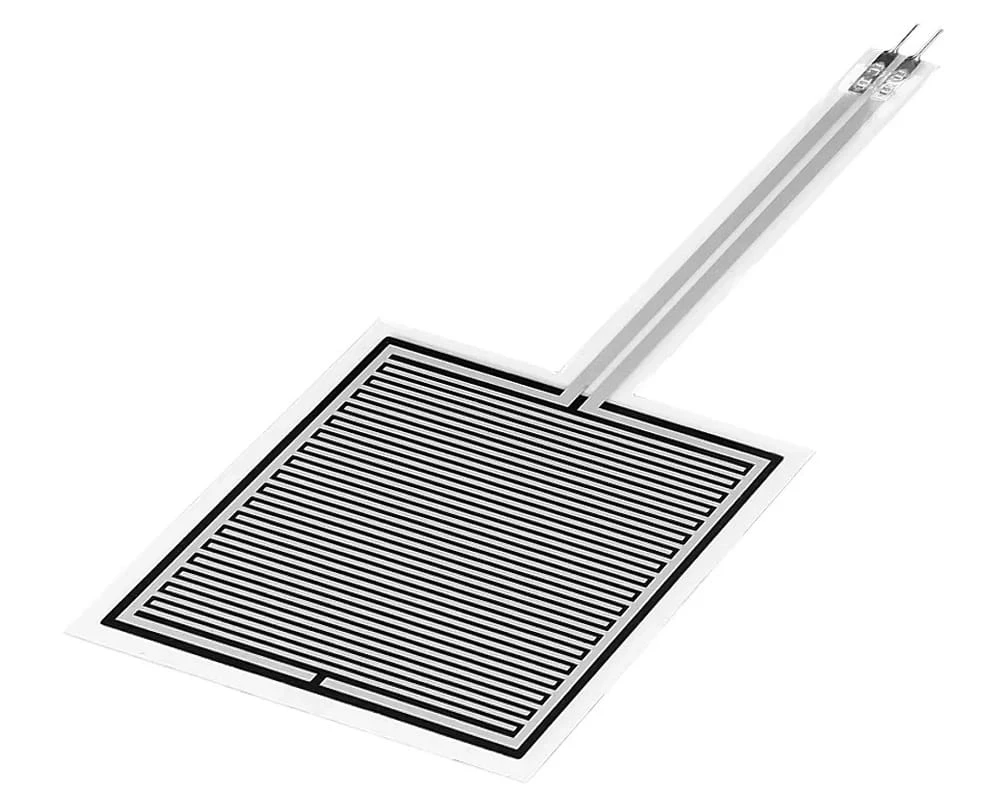Recognizing the Features of FSR.
Key features of FSR
Characteristics of FSR
Hysteresis
The difference in FSR output between applying and removing force is known as hysteresis. This can lead to slight inaccuracies in measurements.
Mitigation: Make use of calibrating methods to take hysteresis into consideration or create applications where little deviations are acceptable.
Drift
Even with constant force, drift happens when the FSR’s output varies over time. Environmental elements like temperature or material fatigue are frequently at blame for this.
Mitigation: Avoid extended exposure to harsh environments and calibrate the sensor on a regular basis.
Non-Linearity
FSRs do not have a perfectly linear response to force, which can make precise measurements challenging.
Mitigation: Use software algorithms to linearize the output or design applications where relative force measurements are sufficient.
Repeatability
FSRs may not produce identical outputs for the same force applied multiple times, leading to repeatability issues.
Mitigation: Make sure to apply force consistently while using high-quality FSRs.


